Technical Context
Our final design alternative also has an element of light, but incorporates plants into the piece as well. Early on, our student panel of art and engineering double majors identified nature as a positive feature of an inviting and comfortable study space, especially when there is a lack of natural light: “if you can’t do windows [because] you’re underground or something, even just plants [help]. I think it’s just that you can see the nature; you don’t feel like you’re stuck in some building,” (Student 1, 2018). Because the two bottom floors of Acopian are underground and even the classrooms above ground tend to be dark, using plants is beneficial.
Vertical gardens are excellent plant solutions: they allow for nature to be introduced into spaces without taking up too much room. Rather than being spread on the ground, plants are placed in small planters, which are then mounted to a wall with an irrigation system. These installations create “green walls.” Based on a recommendation from Professor Toia, this alternative will have an outdoor and an indoor component. We hope that combining the two will provide aesthetic continuity for Acopian and also be more effective in achieving our goal of creating a more comfortable and inclusive culture inside Acopian. Both installations will consist of vertical gardens and light projections. Acopian’s exterior façade consists of brick columns broken up by the windows. As it is, the space feels strict and regimented. Having vertical gardens climb each of these columns would give the façade a much more organic feel. Further, each column would be uplit with projected white light to illuminate the installation at night. Below is an example of an exterior vertical garden on Kalamazoo Valley Community College’s campus. Their garden introduces colored plants that are arranged in a pattern. Similarly to this example, ours would be composed of a series of tall, narrow gardens sitting between windows and could experiment with color and pattern in the same way. This would go a long way in softening the shell of Acopian.
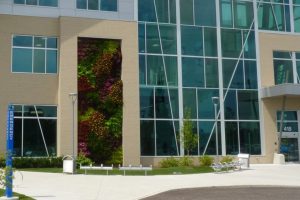
Figure 22: Kalamazoo Valley Community College (LiveWall, LLC “Projects,” n.d.)
Green walls are also viable indoors. In connection with the outside installation, we would like to implement a vertical garden with light in the interior as well. To echo the engineering students we interviewed, introducing nature inside Acopian could have a strong impact on the culture and hopefully cultivate a more comfortable learning environment. Professor Toia of the art department suggested dedicating one small room in Acopian to this installation and using the room as a relaxation space for students. The room would have a vertical garden on only one wall so as not to overwhelm the space. Additionally, soft, colored lighting could be hung throughout the room to break away from harsh fluorescent lighting, which was another interest of the engineering/art student panel. This room could act as a comfortable study space or a break room for students who spend long hours working on computers or in labs. However, if there is not a room in Acopian that could be purposed in this way, a vertical garden could be implemented in a number of existing common spaces, including the lobby. Even a very small wall of plants would have a significant impact on the space.
Below is an example of an interior green wall. This garden was constructed in an architecture office. One of the benefits of green walls is that they soften the space but maintain a professional environment. Whereas other art installations might be considered inappropriate for an engineering center, this type of solution would break up the monotony of a white wall without creating a distraction for students. This office example also shows that these green walls can be very small; we would not need to dedicate a huge space to this project for it to be effective. A small patch of plants would be enough. If we were not to dedicate a classroom in Acopian to a vertical garden relaxation room, having a garden in the lobby similarly to the architects would still help to achieve our goal.
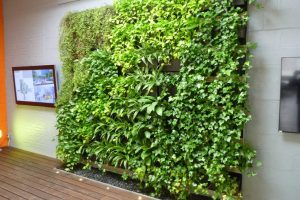
Figure 23: MBTW Landscape Architects Toronto Office (LiveWall, LLC “Projects,” n.d.)
In combination with a light element, this could create a very compelling installation. The colored lights could provide a relief for students who are up late studying. Beyond that, Professor Kerns believes, “the power of the [light] metaphor is so complete. You shed light on a problem; in darkness you move towards the light.” A light metaphor is inclusive.
There are two technical elements of this alternative: the installation and maintenance of a vertical garden and the installation and operation of the lights. The light will be simple. The outdoor installation would require seven LED floodlights to up-light each column. Installation and maintenance of these lights will be very simple, since they will be located on the ground in an easily accessible spot. For the interior, we suggest using blue LED rope lights. Research has shown that college students tend to associate cool colors with restfulness (Yildirim et al., 2011), which can counteract the high-intensity of the engineering culture. Rope lights can be hung around the perimeter of the room, either on the floor or the ceiling depending on preference. The room could be supplemented with soft white LED lamps if additional light is needed.
The vertical gardens pose more of a challenge than the lighting, but are still feasible. Likely, installation of the systems will require a hired contractor. However, the systems are ultimately fairly simple. The structure is made using an aluminum grid with irrigation conduits and drains attached. This grid supports a number of individual planters (LiveWall, LLC “Engineering Living Walls,” n.d).
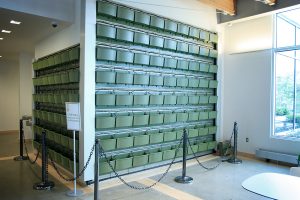
Figure 24: LiveWall Infrastructure (LiveWall, LLC “How to Install a Living Wall from LiveWall,” n.d.)
For indoor vertical gardens, the wall must also be covered in waterproofing material (LiveWall, LLC “Indoor Living Wall Solutions,” n.d.). Planters with fully-grown plants and water usually weigh no more than 10-15 pounds per square foot, which can be easily supported by the brick exterior and is rarely an issue for interior walls as well. Plumbing is the greatest unknown because it requires the advise of a contractor, but each water valve only requires 8-10 gpm and a regulated 15 psi of pressure. From an engineering standpoint, Acopian is a good candidate for a vertical garden because it is less than 60 feet tall, so there is relatively low wind impact, which can cause problems with plant stability and irrigation (LiveWall, LLC “Engineering Living Walls,” n.d.). Additionally, green walls reduce noise, which would be an advantage in the interior relaxation space (LiveWall, LLC “Frequently Asked Questions,” n.d.).
The vertical gardens will involve a limited amount of ongoing maintenance. Once the infrastructure is built, the irrigation system runs automatically. Mainly, the only maintenance required is the upkeep of the plantings. Plants can be chosen based on the environment, so climate and access to light will play a part in the decision. Hardy perennials typically require less maintenance. They will likely only need to be changed every three years, once they become “root bound,” (LiveWall, LLC “Frequently Asked Questions,” n.d.). There is more freedom in choosing the interior plants because light and temperature are controlled. Because the walls are constructed of individual planters, plants of different colors or textures can be arranged in patterns, which allows for artistic freedom. Further, this pattern can change every few years to keep the walls feeling new.
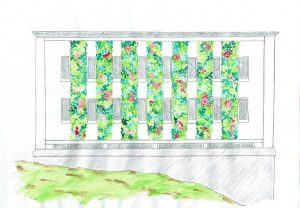
Figure 25: Final green wall concept design as created by Olivia Guarna (2018)
Economic Context
Much like the second alternative, it is relevant here to consider the broader economic context involved in civic art projects. One benefit of this alternative is that it requires hiring a contractor rather than commissioning an artist. We imagine the school might feel more comfortable with this type of installation because hiring a contractor to do this type of work is a more familiar process. Although this process has some overlap with the second alternative–we will need to send out RFQs and RFPs and negotiate contracts here as well (Los Angeles County Arts Commission, 2016, p. 7)–certain aspects of it will be much simpler. We will not need to convene a panel to identify qualified parties. In this case, the school can easily search for many firms that specialize in constructing vertical gardens. With this solution, the school will also maintain a higher degree of control over the process and outcomes, whereas “if you’re going to commission [an artist] to do it, you kind of relinquish the control,” (Toia, 2018). Further, maintenance for this design might be more straightforward than that of a complex installation piece.
With this being said, we can estimate to a certain degree the more specific costs of this alternative. We believe the initial costs and maintenance fees of the design alternative are reasonable. The light elements are extremely affordable. Acquiring the seven LED floodlights and the blue LED rope lighting will cost approximately $500 (1000Bulbs.com, n.d.). Although LED lights have a higher initial cost than other lighting options, they are more energy efficient and have a longer life, so they are ultimately a better alternative. Further, because all lights will be placed in easily accessible locations, they will also have a very low installation cost.
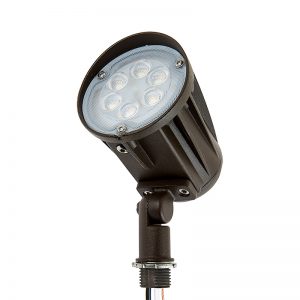
Figure 26: LED Floodlight (Super Bright LEDs Inc., n.d.)
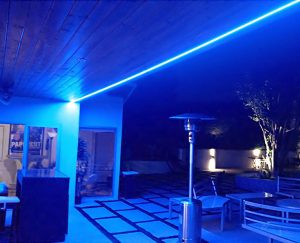
Figure 27: Blue LED Rope Light (Lighting EVER LLC, n.d.)
The vast majority of expense for this alternative comes from the vertical gardens. Without knowing the exact requirements for attaching the water source, this cost is harder to estimate. However, installation of the green walls themselves is estimated to be between $90-$140 per square foot (LiveWall, LLC “Frequently Asked Questions,” n.d.), including the cost of labor. An interior 15-foot wide by 9-foot tall green wall would cost approximately $12,150-$18,900. The exterior garden would be more in the $35,000-$60,000 range. Additionally, plants need to be replaced every few years and can range widely in price depending on what is chosen. However, other than planting, maintenance costs should be very low. Since we live in a climate with cold winters, watering the exterior wall will be scaled back significantly in winter months. We estimate this alternative will cost below $100,000, including installation, plumbing, and plantings. Although the costs are not insignificant for this alternative, we believe that that the benefits to the community will be palpable.
To read our conclusion, click here.